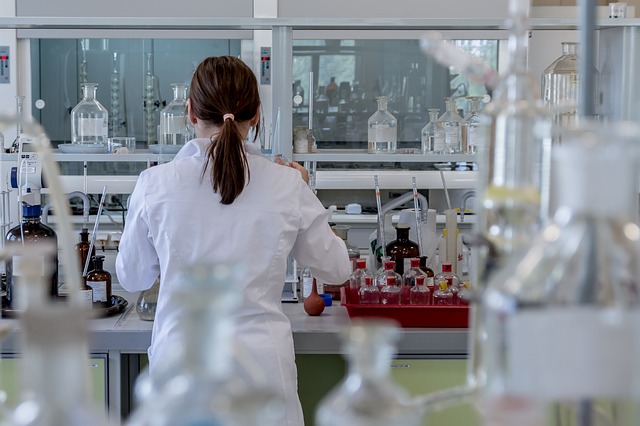Everything you need to know about centrifugation
Centrifugation is a process that involves separating the solid from a liquid. This process is very common in laboratories across the world and continues to be used by many scientists throughout their research. However, a centrifuge is referred to as a machine that has a rotating container attached to it. If you want to go deep into history you will be interested to know that centrifugation was discovered back in the 18th century and since then has evolved as a major process. In 1864 when Anton Prandtl was applying a technique to separate milk and cream, he discovered an interesting way to create a demarcation between a mixed solution of solid and liquid.
Though centrifuges are still used to separate milk and cream, still the process continues to be used in many areas of science till this day. An interesting part about this process is it is also used for the separation of a few gases. Furthermore, centrifuges are used for other reasons too besides mechanical separation.
How does a centrifuge works?
Centrifugal force has always been common with the world, and this is where the word centrifuge is borrowed from. It is acknowledged as a virtual force which pulls the spinning object outwards. However, you must know the centripetal force is one who does the physical work. Ever seen a spinning bucket of water? It is a good example of such a force. You will have noticed if the bucket spins fast the water doesn’t spill and stays in it. Furthermore, if we consider the sedimentation principle, the water must flow towards the outer side of the bucket. Same is the case with a centrifugal machine which separates solid particles from a liquid, both of which are mixed.
What are the different types of centrifuges?
If you visit the market, you will be astonished to see a vast array of centrifuges available. What matters is the quality and size of the machine. Most lab equipment features a centrifugal machine as a mandatory item. Though all centrifugal apply the same technique, their applications might differ. The two basic things which matter are the rotor design and the speed of rotation. If you don’t know, the rotor is the rotating unit in the device which has a different speed for different devices. There are many types of tours available in the market such as fixed-angle rotors, swinging head rotor etc.
High-speed centrifuges are very popular when it comes to lab equipment. The best part about such centrifuges is they can easily separate solid from liquid fast. Furthermore, such centrifuges can easily separate molecules of different masses and isotopes of atoms. A simple example is of a gas centrifuge which must be used to enrich uranium because the heavier isotope is pulled out during the process as compared to the lighter isotope. However, isotope separation is a different process and used during research to make nuclear weapons.
What is the difference between normal and laboratory centrifuges?
Laboratory centrifuges have to spin at very high rates to separate a lot of chemical compounds. A normal centrifuge tube is very different from the one which is used in laboratories. Furthermore, they may be even large enough to stand at the counter. A normal device in the laboratory has sample tubes which are placed in a fixed angle. You will be intrigued to know many swinging bucket rotors are also available in the labs. Common uses of such tubes include separating blood components, purifying chemical samples and processing DNA. You would have seen medium-sized centrifuges in daily life, but normally they are large in shape.

